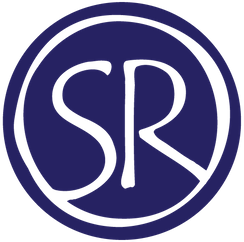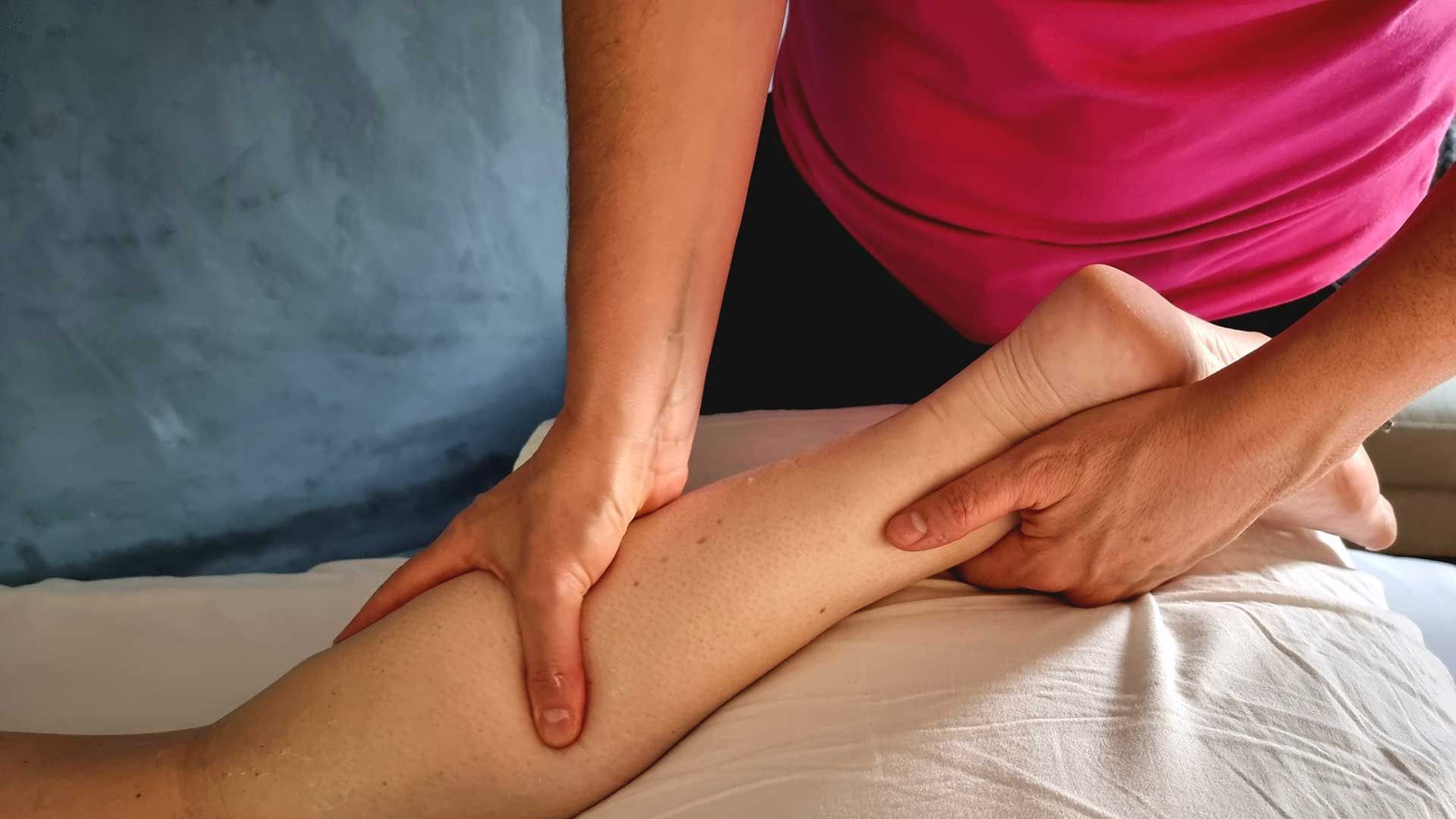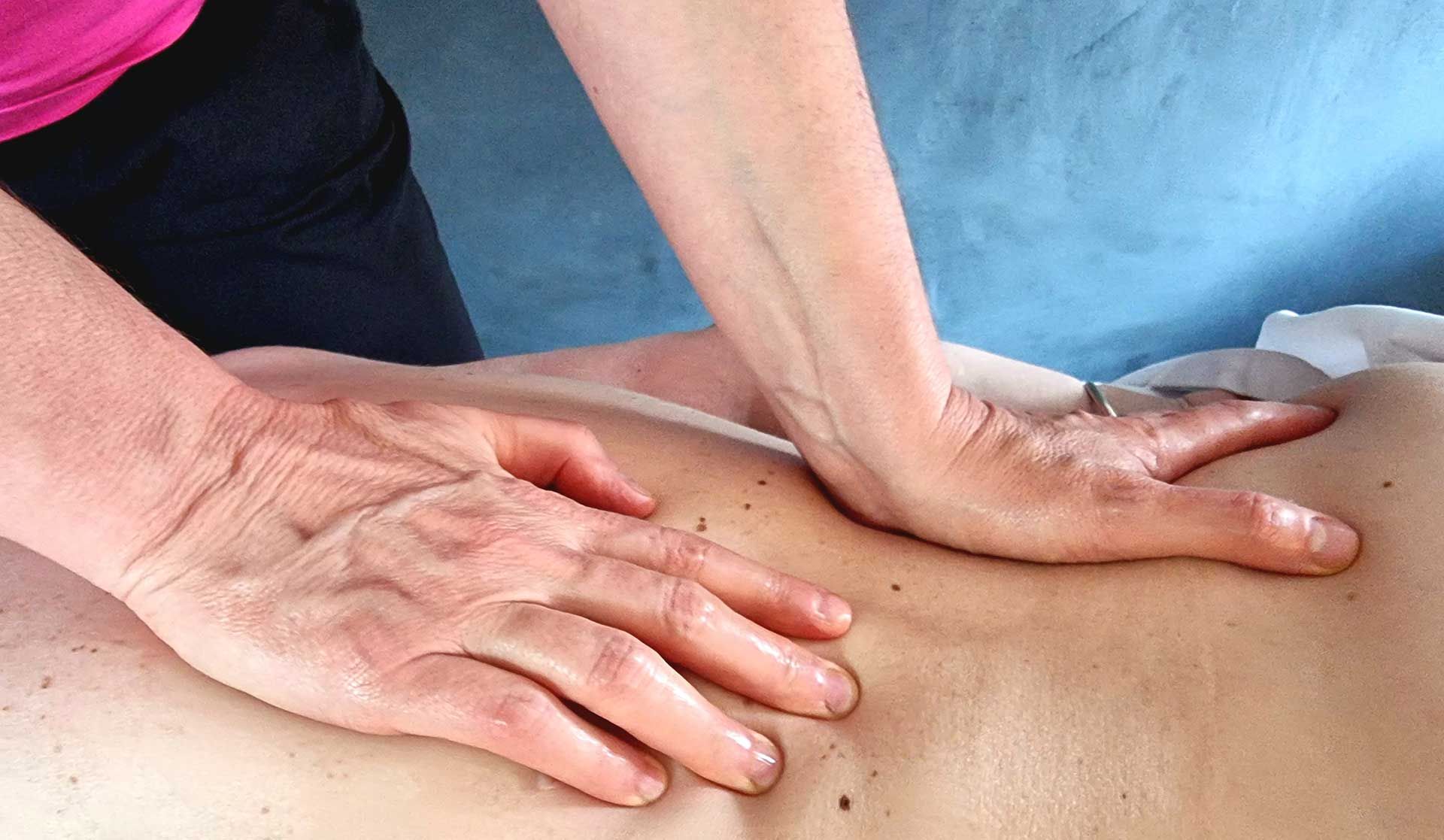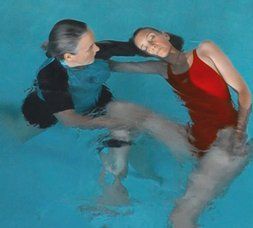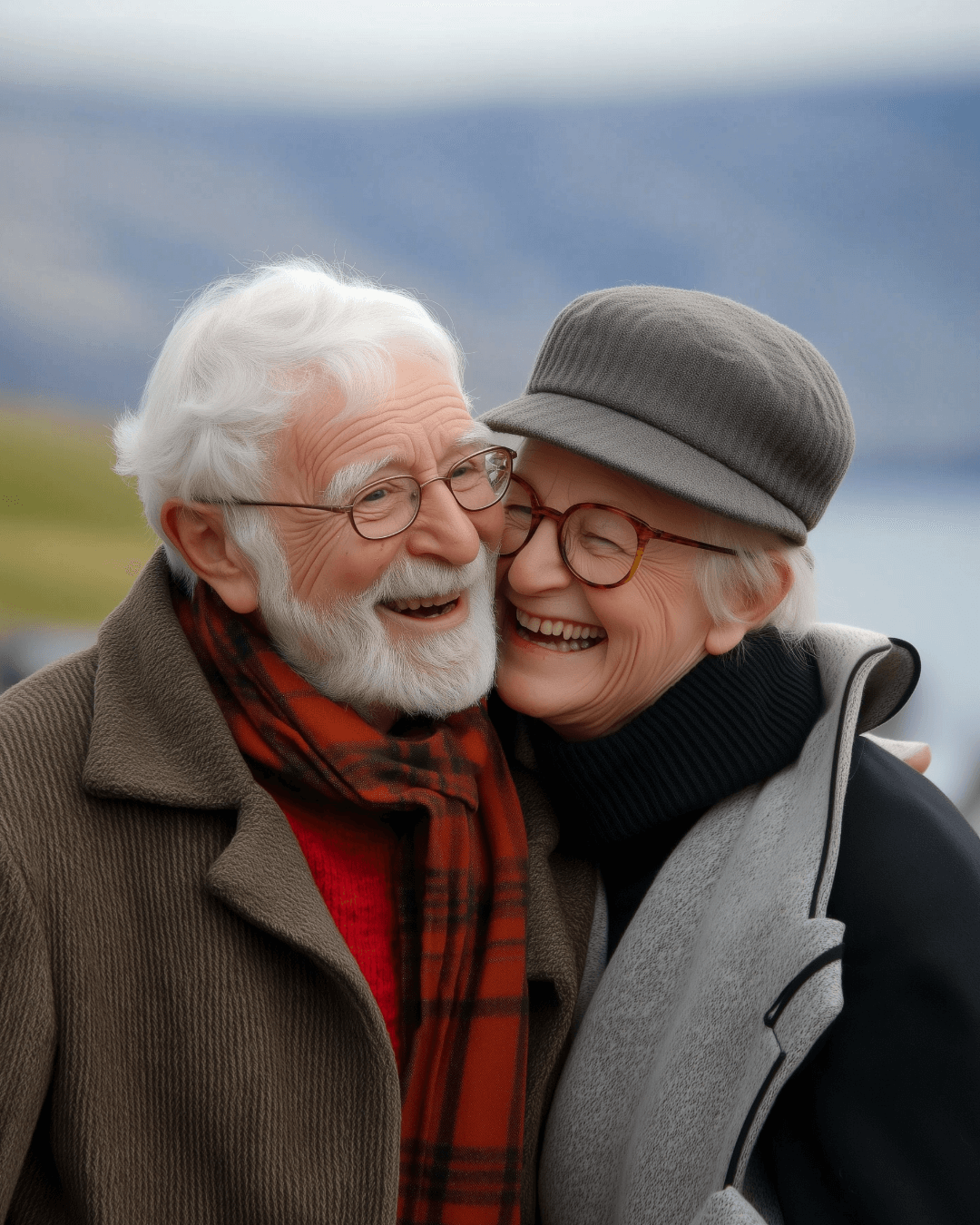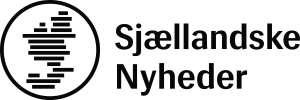Massage og kropsbehandling
Er det muligt at give slip og samtidig føle sig forbundet?
Massageterapi med Sarah er en vej til at opleve noget særligt hver gang. Ja, jeg kan genoprette din bevægelsesfrihed og lindre dine smerter. Derudover er der i hver session noget unikt, som du lærer om dig selv - en besked kun til dig.
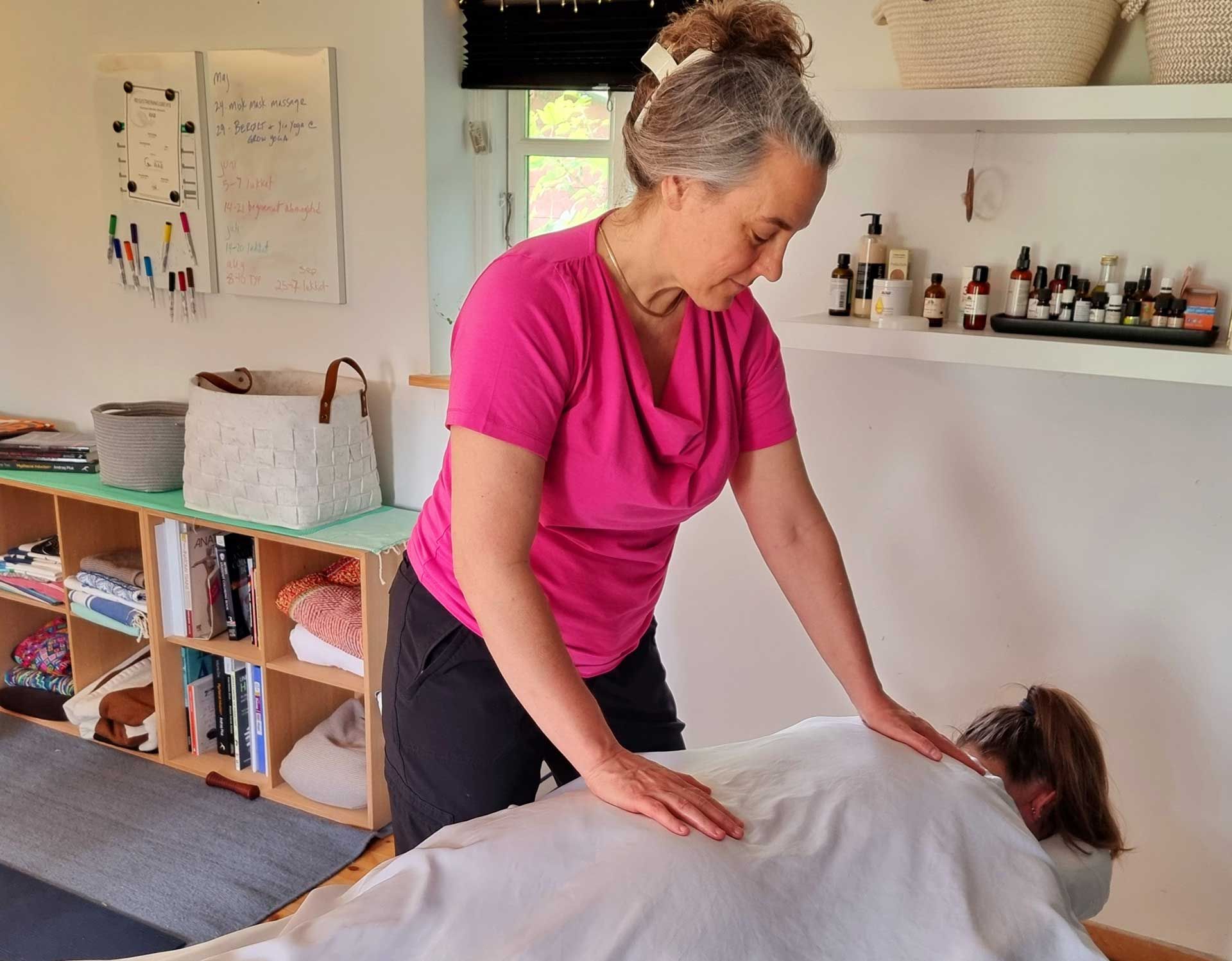
Behandlingstilbud:
Afslapningsmassage
Ingen mål ud over balance og afslapning
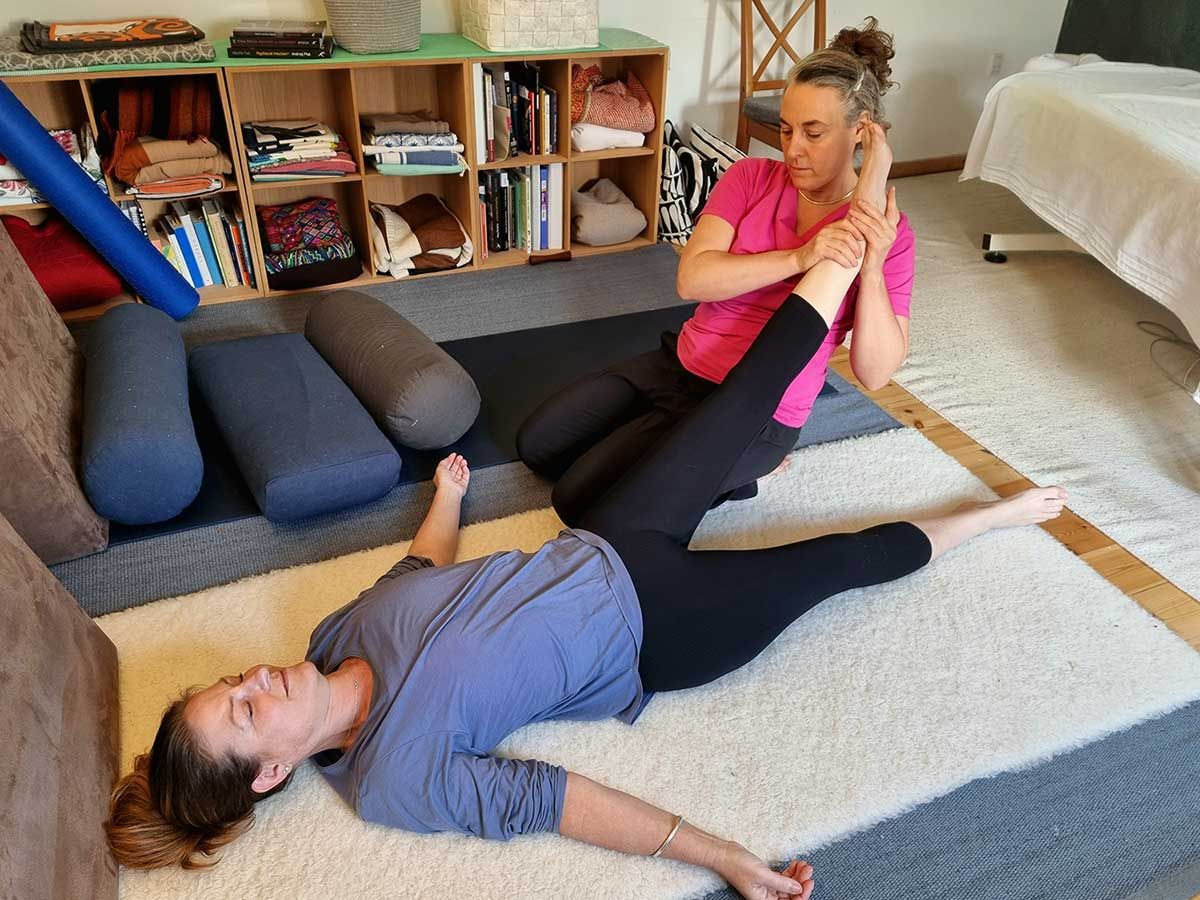
Fascial Fitness®
- Intelligente bevægelsesteknikker, der forlænger effekten af fasciebehandling
- balancerer styrke og fleksibilitet
- Forstærker fasciernes rolle i strukturel støtte, bevægelseseffektivitet, forebyggelse af skader og sensorisk kommunikation
Akvatisk terapi
- Varmtvandsterapier inklusive WATSU® og Healing Dance®
- Oplev sikker overgivelse, mens du flyder og bevæges gennem vandet med ubesværede strækøvelser og rytmiske bølger
- Nyd en naturlig vægtløshed, der opløser krops-sindsbarrieren.
Sessionslængder og priser
Proffessionel uddanelse og vejledning
2 timer / 900 kr.
Pensionist rabat
15%
Gavekort
Køb et gavekort med knappen nedenfor
Gavekort tilgængelige
Ofte stillede spørgsmål
Hvad skal jeg medbringe?
Du behøver ikke at medbringe noget. Det anbefales at have stræktøj på, hvis du kommer til en bevægelsessession. Har du en diagnose, røntgenbilleder eller scanninger i forhold til dine smerter, er du velkommen til at medbringe dem.
Parkering
Der er gratis parkering under carporten mærket #3. Der er også gratis parkering på grunden bag Gribskov Erhvervshus. Vær opmærksom på, at Lidl parkeringspladsen har en begrænsning på 1 time.
Betaling
MobilePay, bankoverførsel eller kontanter
Aflysning
Ved akut sygdom kan afbud ske senest kl. 7 samme morgen, som behandlingen finder sted. Ellers bedes du afbestille eller ombestille din behandling senest 24 timer i forvejen på mail, telefon eller sms til 3096 0033.
'Forladte' sessioner vil blive opkrævet via MobilePay.
GDPR
Jeg er bundet af fortrolighed og opbevarer dine data i mit GDPR-godkendte journal- og bookingsystem TerapeutBooking.
